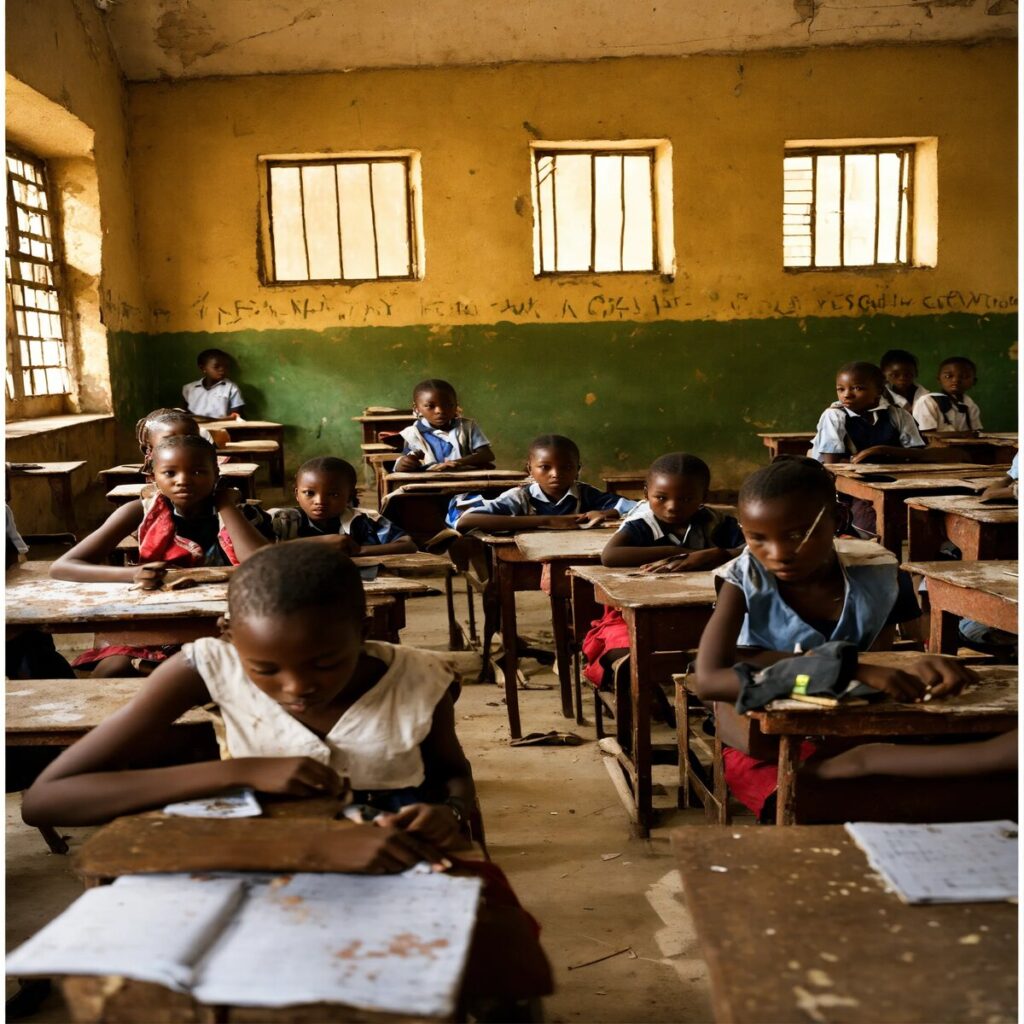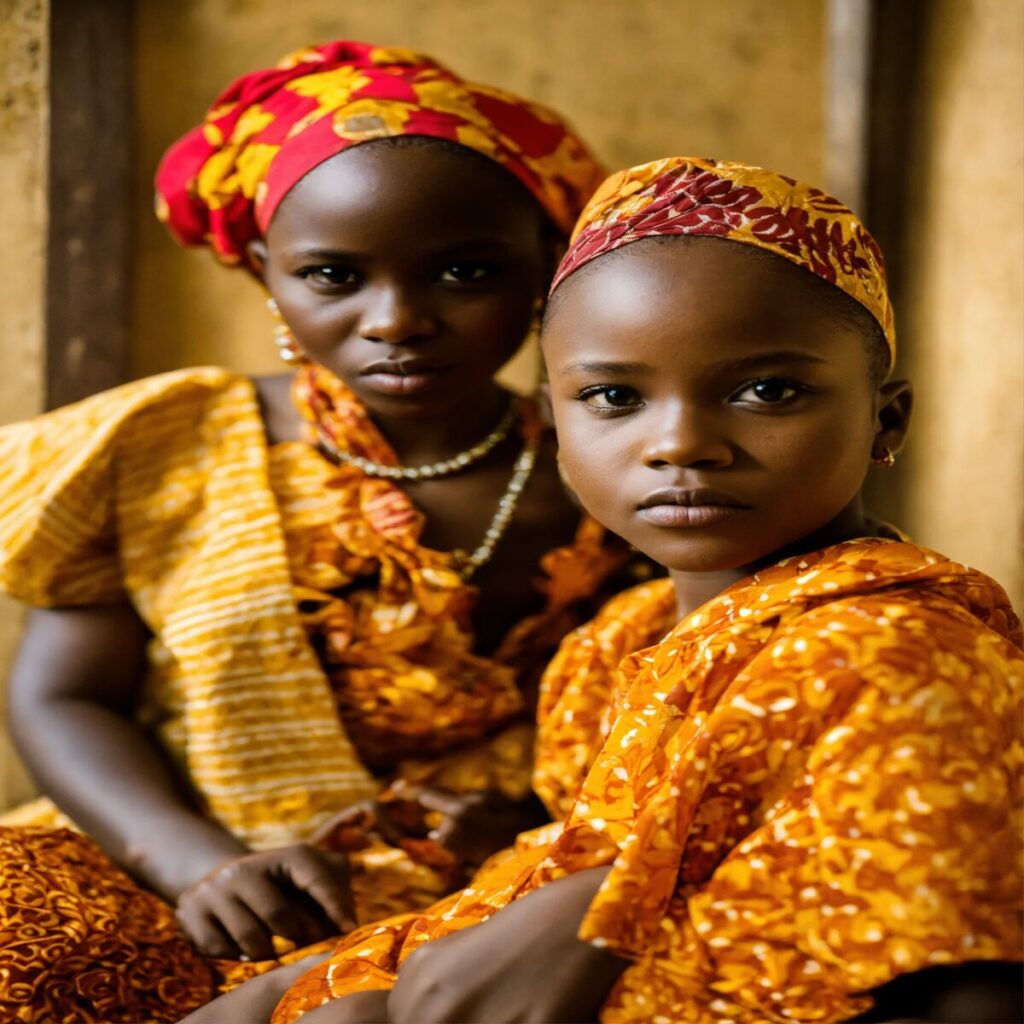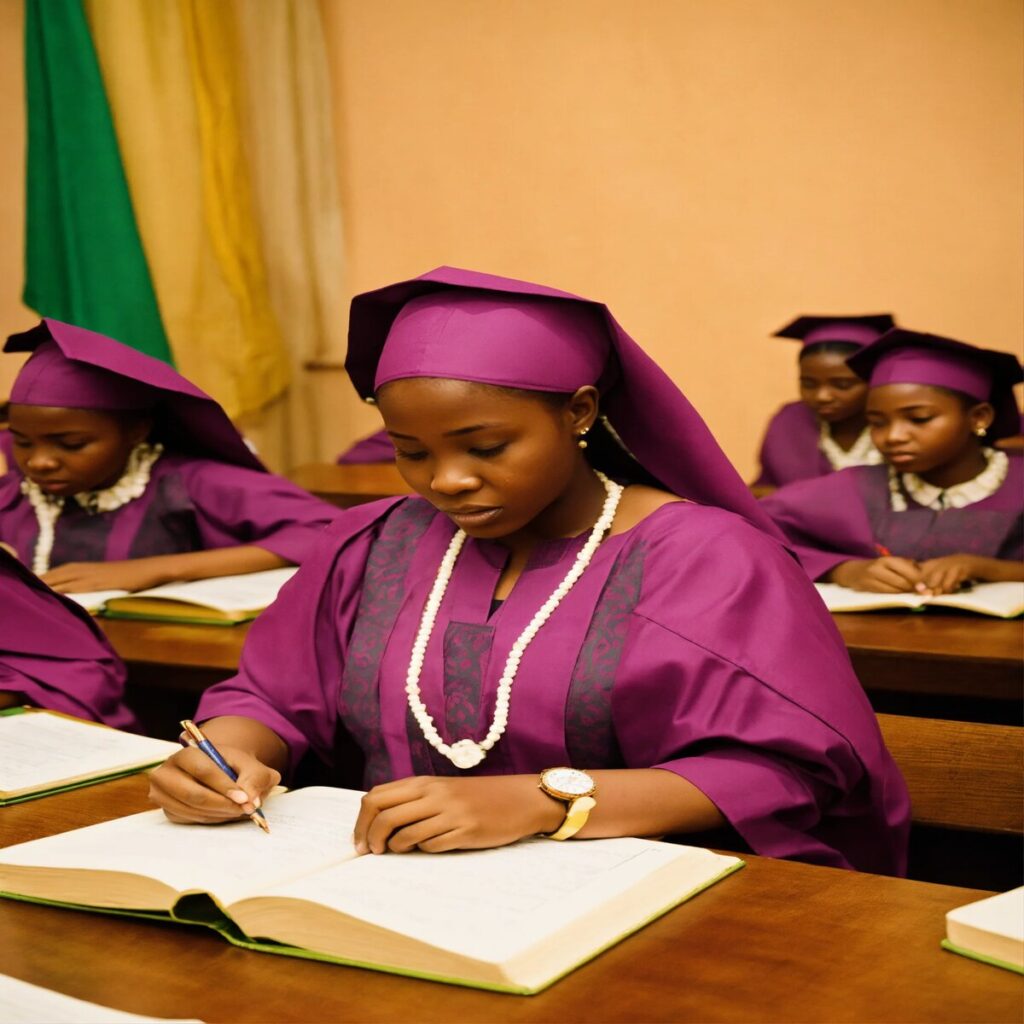
From 1970 to 1994, the enrollment of girls in primary education steadily increased from 30% to as high as 80%.
However, differences exist between enrollment of males and females in all levels of education. In addition, the drop out rate of girls is higher than boys and participation in STEM classes are lower for girls than boys.
In 2002, the combined gross enrollment for primary, secondary and tertiary schools for females was 57% compared to 71% for males.
This translates into fewer women in certain economic fields. The percentages of female workers in some selected professions in 2012 were as follow:
architects, 2.4%, quantity surveyors, 3.5%, lawyers/jurists, 25.4%, lecturers, 11.8%, obstetricians and gynaecologists, 8.4%, paediatricians, 33.3%, media practitioners, 18.3%.
Issues of gender equality in education have been the subject of much debate during the past decades and have become a prominent topic of debate in all countries.
In Nigeria, there is a large gender disparity between the education that boys and girls receive. Many girls do not have access to adequate education past a certain age.
In 2010, the female adult literacy rate (ages 15 and above) for Nigeria was 59.4% in comparison to the male adult literacy rate of 74.4%. It is differences in education that have led to this gap in literacy.
The gender gap in literacy rates in 2000 at the rural level between boys and girls was 18.3 percent in favour of the boys overall. In the age group 6–9 years (primary school ages) it was 3.9 percent in favour of boys.
This indicates that there is a gender dimension to educational attainment and development in Nigeria.
According to the Examination Council of Nigeria (1994) there are still other problems, such as high drop-out rates of females students, poor performance, reluctance on the part of females students to enrol in science-based courses and poor classroom participation
Across various geo-political delineations in Nigeria, a greater percentage of school-age girls are needlessly out-of-school, compared with the ratio applicable to boys of same age grouping.
Gender disparity is also visible in the education of children with disabilities, a study in the 1990s revealed that only 37% of disabled females are literate compared to 57% for males.
A reason for this situation is the cultural notion that the male will carry the family name while the female will marry.
Also, the option of street begging by young disabled girls in order to earn income can inhibit their attendance of classes.
The completion of the second Millennium Development Goal’s (MDG) target i.e. ‘education for all’ by 2015 is at risk after having missed the initial deadline of 2005.
In Nigeria, educational facilities are generally believed to be inadequate and access is limited for many, especially girls and women.
According to the United Nations Human Development Report (2005), Nigeria was classified as a low developed country in respect of equality in educational accessibility.

